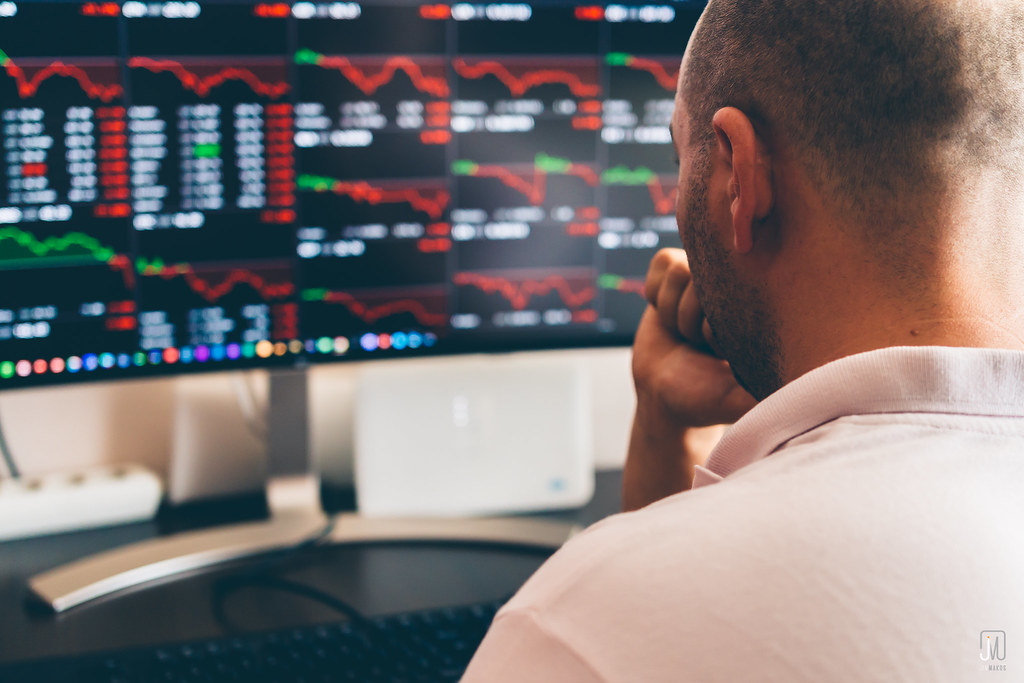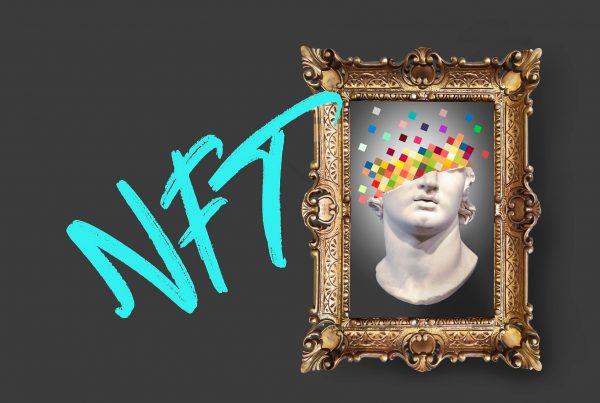
Cryptocurrency is a volatile asset class and can switch directions in a blink of an eye. It is great news for those looking to make fast profits. However, it can also cause catastrophic losses if you don’t manage your portfolio correctly.
Whether you are a seasoned trader or an absolute beginner, this guide will give you valuable insight into the art of buying and selling coins for a profit.
Managing risk and your portfolio will be a struggle if you don’t understand trading basics. This guide will help you understand essential trading practices as well as elaborate on some of the more advanced techniques.
Choosing the right exchange
Before we begin talking about when to buy or sell coins, it is important to make sure that you have picked an exchange that you can rely on for your daily needs. The criteria you should be looking for are:
- Transparent fee structure and low fees. The last thing you want is to cash out a coin thinking you’re in profit, only to realize that the profit is eaten by exchange fees. Many exchanges charge fees on the back end (when you cash out), so make sure you pick an exchange that clearly states what fees are applicable.
- Ease of use. You want an exchange that is easy to navigate, allows you to trade seamlessly, and displays the benefits of holding or staking any prospective token or coin.
- Fiat support. Lastly, some exchanges don’t provide fiat (conventional currency) support, which means they don’t allow you to buy with a debit or credit card. If you’re looking to transact between your local currency and have earnings paid directly into your bank account, make sure your exchange does so. You will be surprised at how many exchanges don’t have this feature.
Once you have selected the exchange that works for you (there is no one size fits all here, every trader will have a different preferred exchange), you can begin to look at coins and tokens to invest in.
Coin selection
The next most important thing is to look for coins and projects to invest in. It does not have to be a project that sounds good to you or that you believe in. If you’re a crypto trader and you’re looking to maximize profits, you will often have to balance your portfolio with coins and projects that aren’t necessarily of interest to you.
To avoid investing in scams or bad projects, you want to look for five crucial things when picking your coins:
- White paper. Always read the currency’s white paper before deciding to invest. Look at it with a critical eye and remember that developers use these to sell their projects. Question the information contained within the white paper, and if it adds up, that counts as the first tick in your investment box.
- Crypto forums and blogs. There are tons of valuable insights on forums like Reddit. Look at all the information other users post about the project — good and bad. Don’t just read the information that confirms your opinions. Read bad experiences, too, so you’re prepared for what could happen.
- Tokenomics. Every coin or token has different tokenomics. Look at whether you can earn passive income through your investment by staking or simply holding a token. Understand the fees of transacting with a token and budget that into your investment.
- Forecasts. No one has a crystal ball in cryptocurrency, but there are certain things that tend to enhance a crypto’s value. Look for major development upgrades, looming partnerships or the potential to disrupt existing industries. Consider real-world use cases and pick tokens that have value because they can be used.
- Track record. Alongside your prediction work, look at how the currency has performed in the past. Has it got a good track record or is it disturbing? Many tokens reach highs initially after launch and then crash never to recover — be cautious about investing in these types of cryptocurrencies.
Defining a trend
Trends shape the market. You will hear terms like “bull market,” “bear market,” “dip” and “resistance” thrown around a lot. You can work out a bullish or bearish trend yourself by using the support and resistance levels outlined below.
Most importantly, understand the market moves on emotion. If the general mood is that crypto is going up or a project is going up, then people will buy into that. It can become extreme, as prices surge when amateur investors experience FOMO (fear of missing out).
A smart trader will realize that when FOMO starts controlling the market, it is probably time to sell because a project will only gain so much before the bubble bursts and people panic-sell.
Support and resistance levels
A support level is a general baseline that a currency trades above. This baseline is calculated over time, and if the support level is increasing, then the market is considered a bull market. If the support level is broken and falls, the market is a bear market.
Likewise, a resistance level is the upper ceiling of a crypto’s value, and a token needs to break it to become extremely bullish. This is often referred to as a breakout.
Typically, a stagnant or crablike market will trade somewhere consistently between these levels.
When to buy and sell
The biggest barrier to profit for investors is the complexity of choosing when to buy or sell coins. If you’re looking to buy and hold a currency over a long term (3+ months), it is best to use dollar-cost averaging. This is a technique whereby you split your total investment in a coin and invest it regularly in increments. It is useful to ensure you don’t buy in at a bad price, because any bad buy-ins are averaged out by good buy-ins.
More frequent traders will want to analyze the market using the support and resistance data. Smart traders will evaluate whether they are in a bull market, and if they feel they are, then they will do something commonly known as “buying the dip”. This is where a trader takes advantage of a small market downtrend to buy in at a lower price.
Selling is another thing altogether. If you have a target price, then it is always best to execute your sale at your desired value. Don’t hold on longer than you need to if your coin has met the target. You can always buy back in at a later point if you wish to reinvest.
Selling when FOMO is prevalent is also a good idea as the likelihood of a crash or significant dip is high when new traders are rushing in. Lastly, only sell when you have met your target price, don’t sell if a crash occurs or if the market dips — provided you took the research steps above, you should be confident your target price is eventually reachable regardless of the current market movement.
Conclusion
Trading isn’t foolproof, and even seasoned investors make mistakes when they buy or sell coins that can be costly. By being diligent and picking good currencies to fill your portfolio, you will find you can often counteract any mistakes you make.
Do your own research and always remember your decision to trade depends on your attitude to risk, your expertise in this market, the spread of your investment portfolio and how comfortable you feel about losing money. Never invest more than you can afford to lose.
Good luck!



